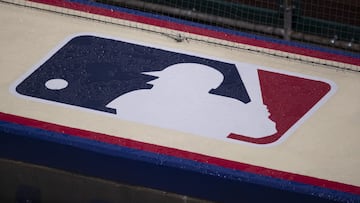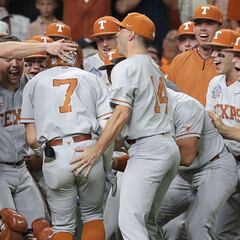MLB and players agree to ban the shift, pitch clocks
In perhaps a small step toward an overall agreement, the MLB and the MLBPA come to several agreements on some fundamental rule changes to the game


Mired in the never-ending talks between the league and the players, Major League Baseball has had most of the attention focused on the disparities in the financial rewards demanded and on offer. But there have been rule changes on the agenda as well, and it is now reported that several points have been agreed to by both sides.
MLB & MLBPA agreed to ban shifts, implement a pitch clock & make the bases larger in 2023, per @JonHeyman pic.twitter.com/06YTlai8Qa
— FOX Sports: MLB (@MLBONFOX) March 7, 2022
It has already been known that the designated hitter will now be rolled out to the National League, and while there are still opponents to that move, it has generally been accepted as a fait accompli. Another much-derided agreement, although generally accepted as a good thing, is that the two sides have now agreed to making the bases 1/2 inch larger. This is in response to the need to try and reduce players getting their feet stepped on during close plays.
More controversially, the idea that the shift needs to be banned seems now to have been agreed to. The concept is anathema to baseball purists as it seems to be rewarding bad batters by placing handcuffs on the defense. The shift is usually employed against low-average hitters, who tend to pull the ball in a predictable direction when they do make contact.
Consider Joey Gallo. As a Texas Ranger fan, I loved to watch Joey play (and equally hate watching him play now that he’s in a Yankee uniform). He has a rocket-launcher of an arm in the outfield and when he gets hold of one with the bat, he can send it into the stratosphere. But most of the time, he is a guaranteed out. He hits .204 and always, but ALWAYS, pulls the ball to right. He hates the shift, because defenses simply load up the right side of the field and make him pay. Why doesn’t he let up on the power and push the ball into left field? Why doesn’t he bunt toward third base? Sometimes he does. But he hates to do it.
Modern players are not generally taught small-ball. At some young age, a kid with a powerful swing will be told, “Hey, kid, you are a home run hitter. Just swing for the fences.” And that is what he will learn to do. Baseball basics are a dying art. Today’s players are just not capable of “hitting it where they ain’t” with any kind of consistency.
The truth is that as much as I believe that banning the shift is addressing a problem that doesn’t really exist, actually following through with the ban won’t significantly impact the game. Another rule change that will is the pitch clock.
One of the great things about baseball is that there are no clocks. Earl Weaver famously said, "You can't sit on a lead and run a few plays into the line and just kill the clock. You've got to throw the ball over the damn plate and give the other man his chance. That's why baseball is the greatest game of them all." Once you add a clock, any clock, at any point in the game, it loses that essence.
Max Scherzer never thought he'd be the public face of MLBPA. But after the 2016 CBA, he thought, "I can’t sit here and complain about the deal that we got if I’m not going to stand up and fight for guys myself.”
— Jared Diamond (@jareddiamond) March 6, 2022
Now he's fighting to help future players.https://t.co/DMNICWxQMm
Max Scherzer agrees with me. "Having a pitch clock, if you have ball-strike implications, that's messing with the fabric of the game. There's no clock in baseball, and there's no clock in baseball for a reason."
Related stories

Why isn’t college baseball a bigger deal?
But it seems that this is one area where ownership has gotten their way. The league has argued that the average game has gone from 2 hours 50 minutes a decade ago, up to 3 hours 10 minutes last season. They have pushed for instituting a 14-second pitch clock with the bases empty and a 19-second timer with runners on base.
How this affects the game is anyone’s guess, but one thing is certain: this will not be the last time we visit the subject of pitch clocks. This will be fiddled with for decades, until perhaps, one day everyone will come to their senses and take the clock out of baseball.
